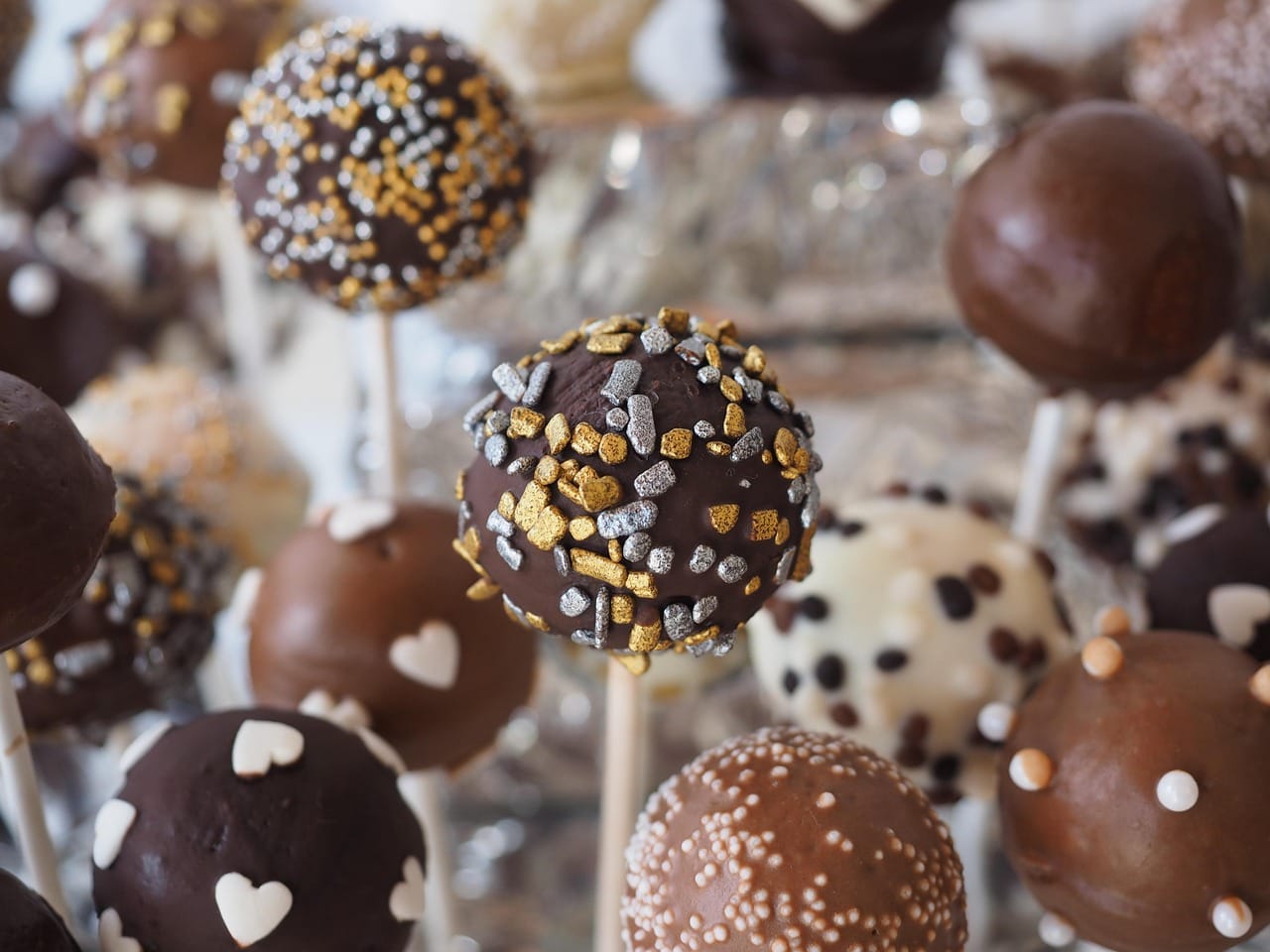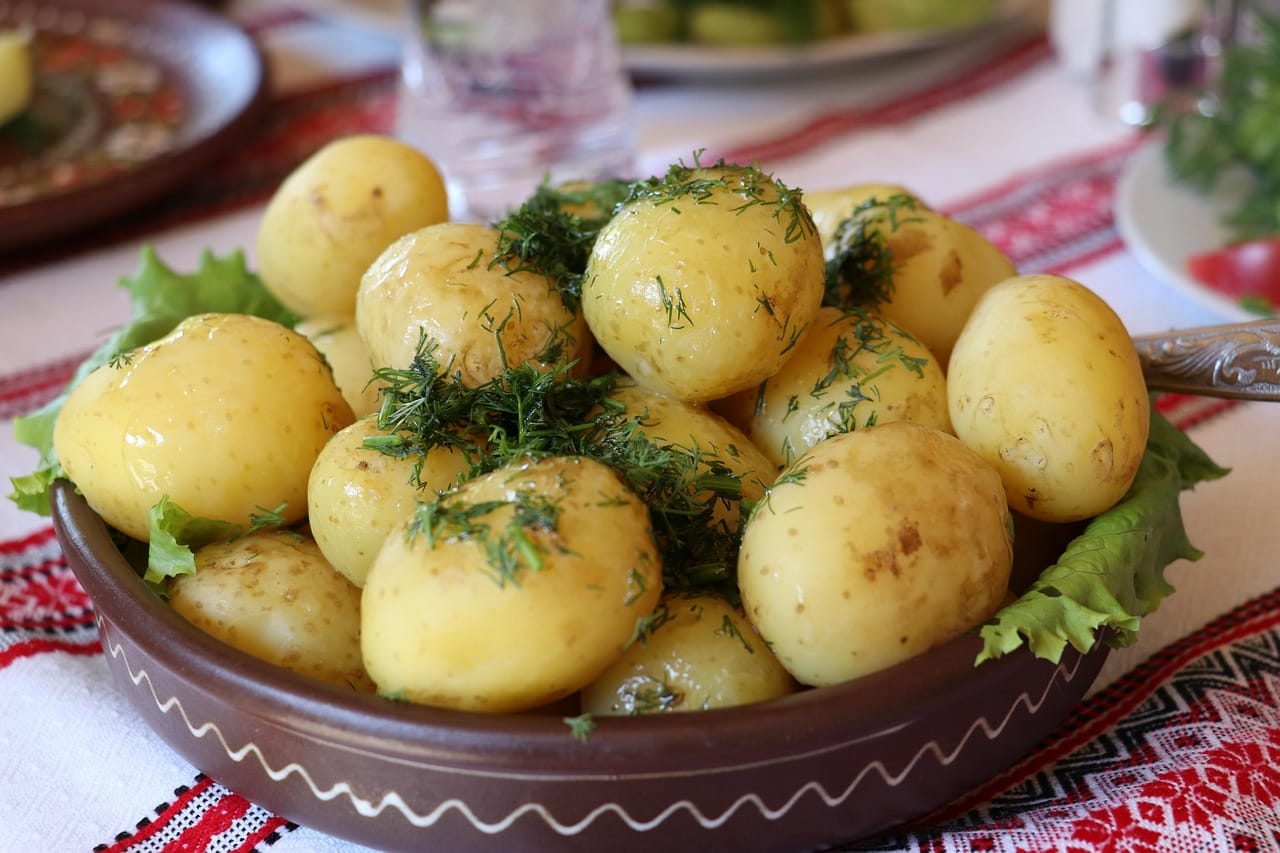Angel food cake, with its ethereal lightness and subtly sweet flavor, is a classic dessert that has delighted generations. More than just a treat, it’s a testament to the power of simple ingredients transformed through technique into something truly special. But beyond its deliciousness, there’s a whole world of baking science, historical context, and creative variations to explore. So, let’s dive into the fluffy, cloud-like wonder that is angel food cake.
What Makes Angel Food Cake Unique?
The Ingredient Secret: Egg Whites
- The Star of the Show: Unlike most cakes that rely on butter or oil for richness and structure, angel food cake depends almost entirely on egg whites. These provide the foundation for its incredibly light and airy texture.
- Volume and Stability: Egg whites, when whipped, incorporate air, creating a meringue that gives the cake its significant volume. The sugar added during whipping helps to stabilize the egg white foam, preventing it from collapsing.
- No Fat, All Flavor (Well, Almost): The absence of fat is a defining characteristic. A traditional angel food cake recipe typically contains egg whites, sugar, flour (cake flour is crucial), and cream of tartar. Some variations include a touch of vanilla or almond extract.
The Role of Cream of Tartar
- The Stabilizer: Cream of tartar is an acidic salt that plays a vital role in stabilizing the egg white foam. It helps to prevent the egg whites from over-whipping and collapsing.
- Whiter Cake: Cream of tartar also contributes to the cake’s bright white color by inhibiting the Maillard reaction (browning).
- Tender Crumb: It also tenderizes the gluten in the cake flour, resulting in a more delicate crumb.
Understanding Cake Flour
- Low Protein Content: Cake flour is essential for angel food cake due to its low protein content. This helps to minimize gluten development, resulting in a tender and delicate texture.
- Fine Texture: It has a finer texture than all-purpose flour, which further contributes to the cake’s light and airy consistency.
- Example: Using all-purpose flour instead of cake flour will result in a tougher, denser cake.
The Art of Baking Angel Food Cake
The Proper Pan
- Un-greased Pan is Key: An un-greased tube pan with a removable bottom is crucial for angel food cake. The batter needs to cling to the sides of the pan as it rises, providing the necessary structure.
- Center Tube: The center tube helps to distribute heat evenly, ensuring the cake bakes thoroughly.
- Cooling Upside Down: After baking, the cake is cooled upside down in the pan, which prevents it from collapsing under its own weight.
Whipping Egg Whites to Perfection
- Cleanliness is Next to Godliness: Make sure your bowl and whisk (or mixer attachments) are impeccably clean and free of any trace of fat. Even a tiny bit of grease can prevent the egg whites from whipping properly.
- Gradual Sugar Addition: Add the sugar gradually while whipping the egg whites, allowing it to fully dissolve and stabilize the foam.
- Stiff Peaks: Whip the egg whites until they form stiff, glossy peaks. This means the peaks should stand straight up when the whisk is lifted.
Folding the Batter
- Gentle Does It: When folding the flour mixture into the egg whites, be extremely gentle. Over-mixing will deflate the egg whites and result in a dense cake.
- Folding Technique: Use a spatula to gently fold the flour mixture into the egg whites in a circular motion, cutting down through the center and lifting the batter from the bottom.
- Incorporating Evenly: Continue folding until the flour is just incorporated, being careful not to over-mix.
Variations and Creative Twists
Flavor Infusions
- Extracts: Experiment with different extracts, such as almond, lemon, or orange, to add subtle flavor nuances to your angel food cake.
- Zest: Add citrus zest (lemon, orange, or lime) to the batter for a burst of fresh flavor.
- Spices: A pinch of cinnamon or nutmeg can add warmth and complexity to the cake.
Toppings and Sauces
- Fresh Berries: A classic pairing, fresh berries add sweetness and acidity that complement the cake’s delicate flavor.
- Whipped Cream: Lightly sweetened whipped cream is a perfect accompaniment.
- Fruit Sauces: Raspberry sauce, strawberry sauce, or even a simple lemon curd can elevate the cake.
- Powdered Sugar: A dusting of powdered sugar is a simple and elegant way to finish the cake.
Angel Food Cake Parfaits
- Layering: Create parfaits by layering crumbled angel food cake with whipped cream, berries, and other toppings in a glass.
- Example: A parfait with angel food cake, fresh strawberries, and a dollop of whipped cream is a delightful and refreshing dessert.
Troubleshooting Common Issues
Cake Collapsing
- Under-whipped Egg Whites: Make sure the egg whites are whipped to stiff peaks.
- Over-mixing: Be gentle when folding in the flour.
- Pan Issues: Ensure you are using an ungreased tube pan.
- Oven Temperature: Make sure your oven temperature is accurate.
Dense Cake
- Over-mixing: Avoid over-mixing the batter.
- Incorrect Flour: Always use cake flour.
- Deflated Egg Whites: Handle the egg whites gently.
Browned Top
- Oven Temperature Too High: Reduce the oven temperature slightly.
- Baking Time Too Long: Check for doneness sooner. Use a toothpick inserted into the cake to check for doneness.
Conclusion
Angel food cake is more than just a dessert; it’s a testament to the beauty of simplicity and the magic of baking science. From understanding the importance of egg whites and cream of tartar to mastering the art of folding, each step contributes to the cake’s unique texture and flavor. Whether you enjoy it plain, topped with fresh berries, or transformed into a delightful parfait, angel food cake is a timeless treat that is sure to impress. So, grab your whisk, preheat your oven, and embark on a journey to create your own cloud-like masterpiece.




